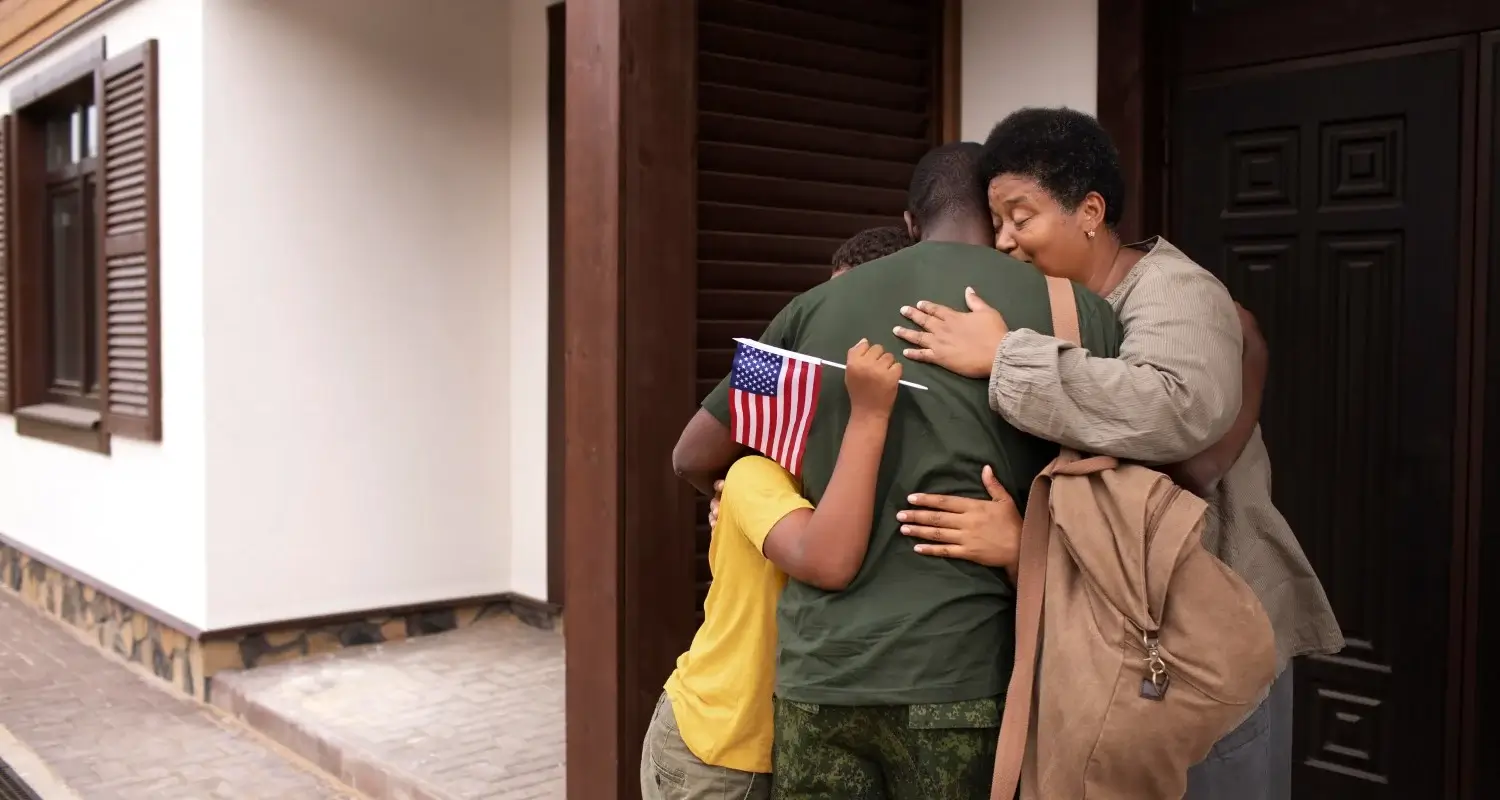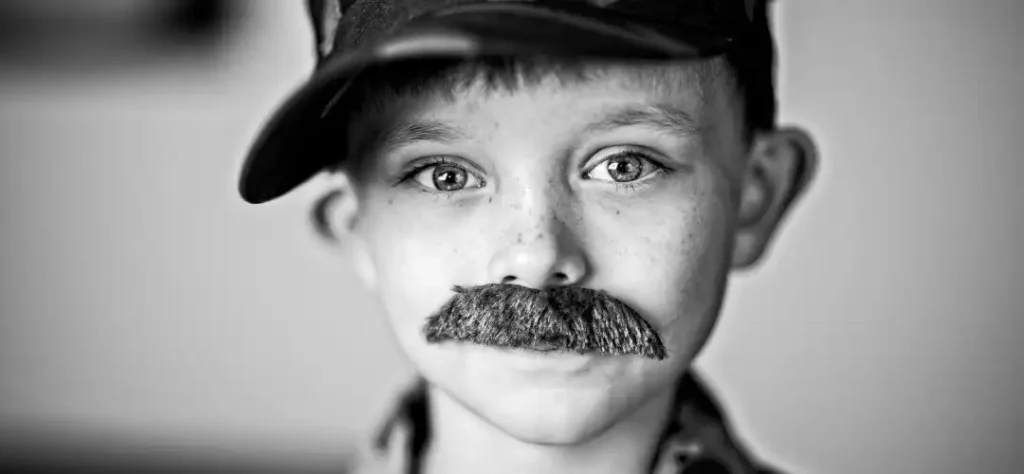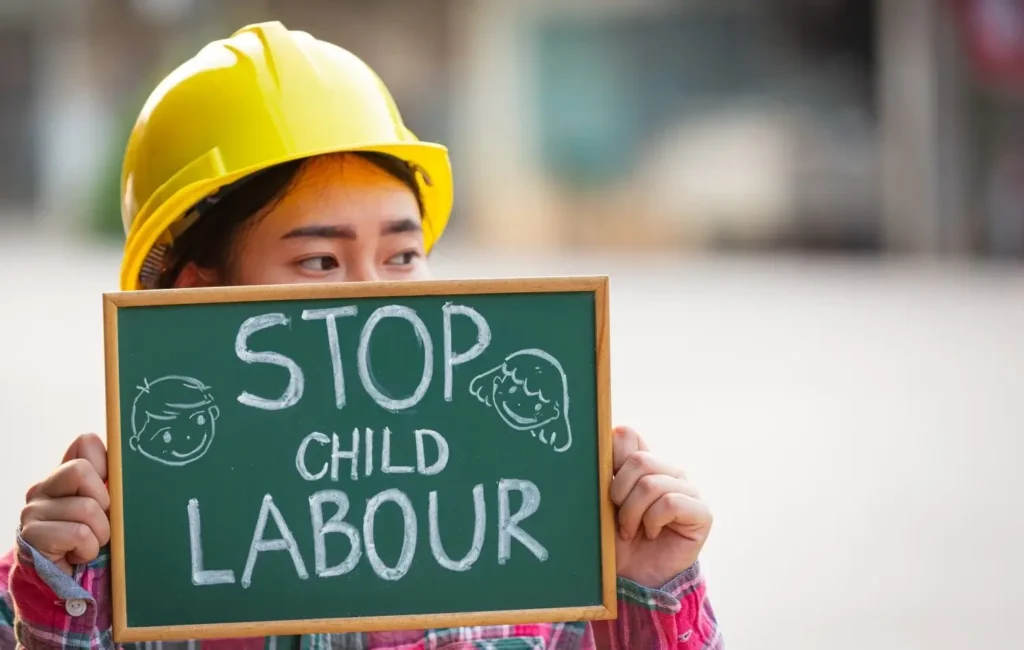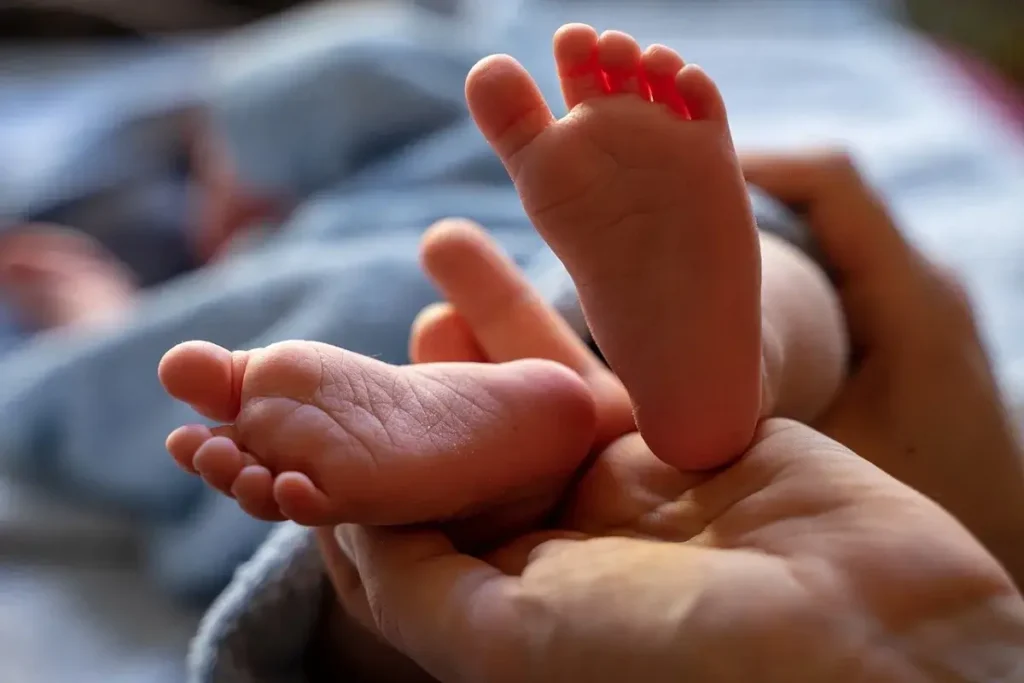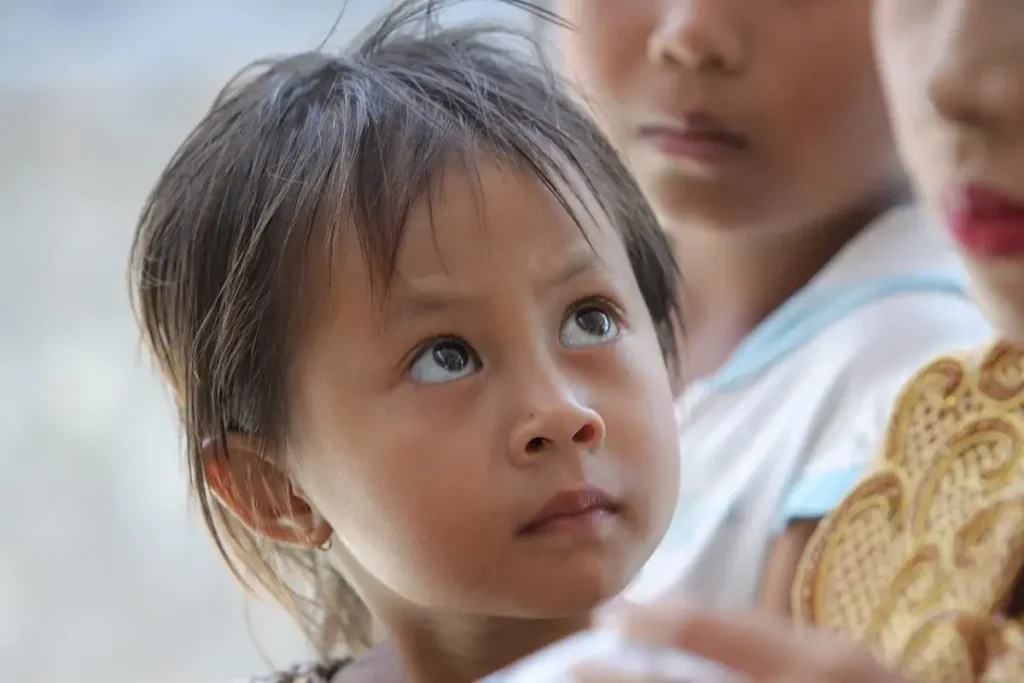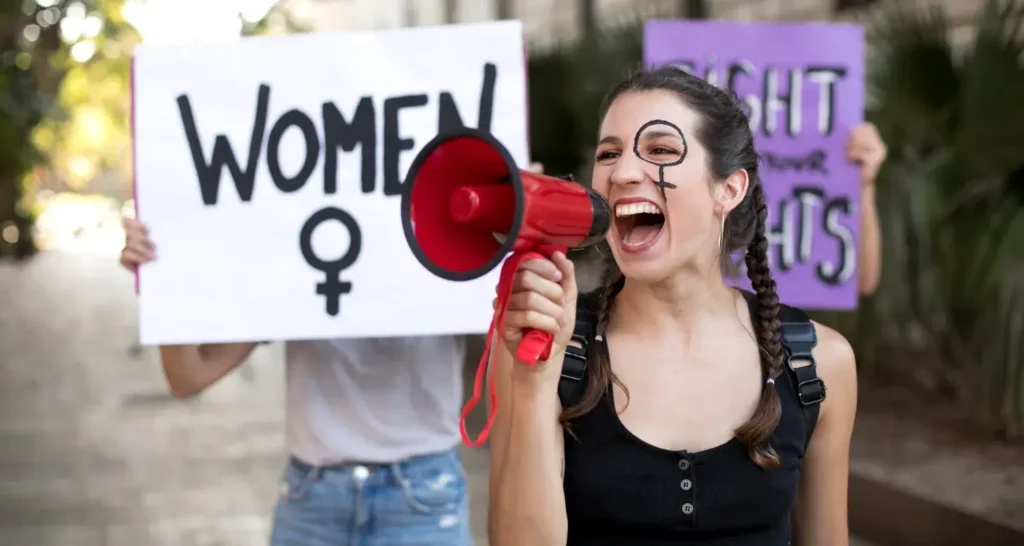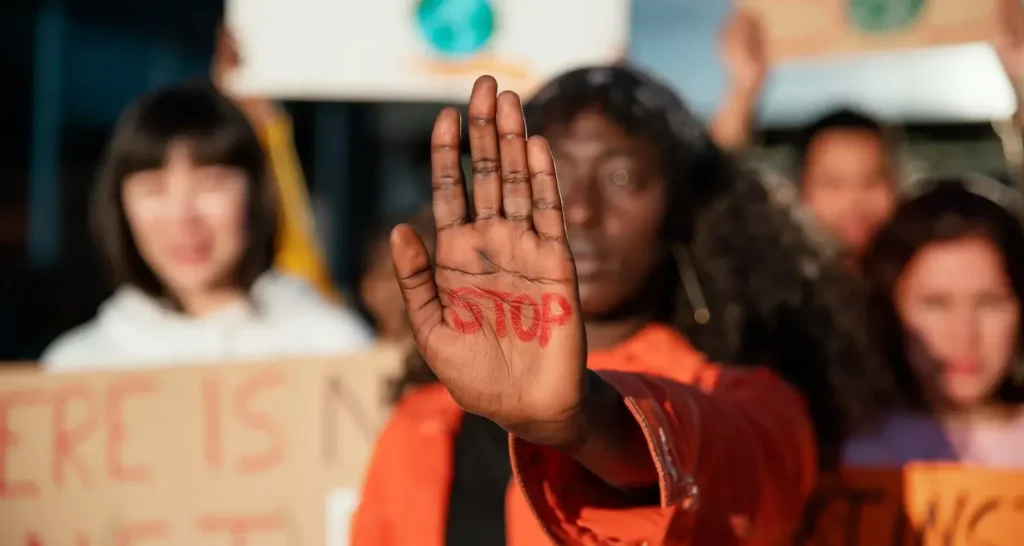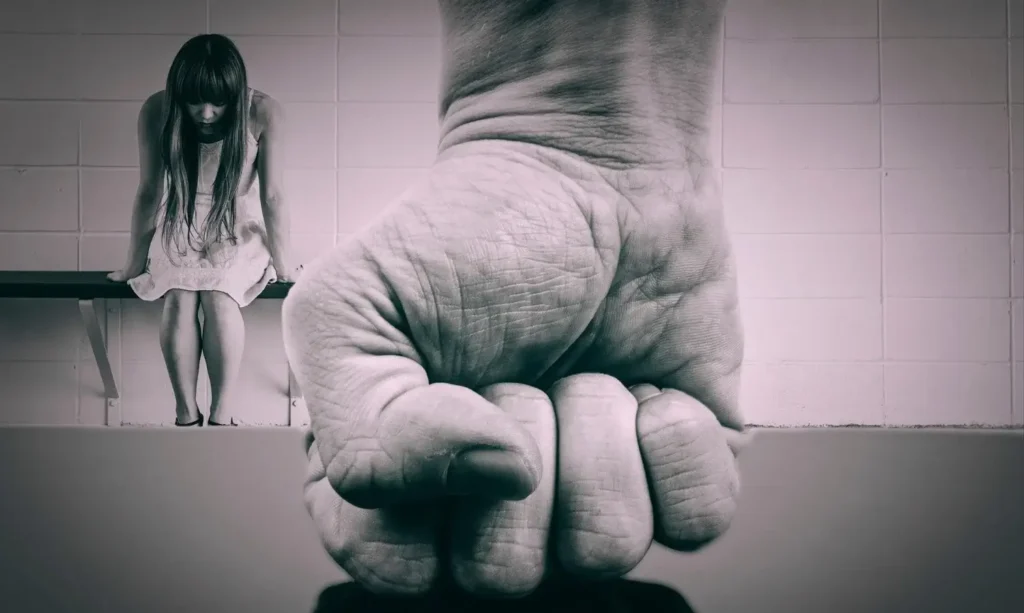Imagine a child caught between hope and uncertainty. They navigate a complex legal world that could change their future. The world of child immigration laws in the United States is a key spot where human rights, policy, and compassion meet.
Recent executive orders have changed the lives of immigrant children. They face new challenges as families seek safety and a better life. These laws put vulnerable children at risk of losing their citizenship, being separated from their families, and facing mental health issues.
It’s important to understand these complex laws. Every policy decision affects children’s lives, impacting their education, safety, and right to be children. The current laws threaten to take away the basic protections children should have.
Key Takeaways
- Immigration policies directly impact children’s fundamental rights
- Recent executive orders pose significant risks to immigrant children
- Child immigration laws can lead to family separation and instability
- Educational and psychological well-being of children are at stake
- Understanding current policies is critical for protecting vulnerable children
Table of Contents
Understanding Immigration Laws Affecting Children
Immigration laws for minors are complex and deeply affect children’s rights in the U.S. These policies are detailed and need careful study.
Over the years, laws about minors in immigration have changed a lot. Today, courts focus on what’s best for the child. They look at things like:
- Emotional stability
- Cultural preservation
- Family connections
- Protection from harm
Key Immigration Policies Impacting Minors
Immigrant children’s rights in policies have become more detailed. There are special laws to protect them. Courts and legal groups now help these children more.
| Policy Area | Key Considerations |
|---|---|
| Special Immigrant Juvenile Status (SIJS) | Provides legal protection for children unable to reunite with parents |
| Family Reunification | Ensures children’s right to maintain familial connections |
| Legal Representation | Guarantees access to legal resources for immigrant children |
Historical Context of Children in Immigration Law
The laws for immigrant children have changed a lot. Courts now recognize the unique vulnerabilities of young migrants. They use more caring ways to handle immigration cases.
People like Rachel Prandini from the Immigrant Legal Resource Center and Dalia Castillo-Granados have helped a lot. They fight for laws that protect the rights of immigrant children.
The Rights of Children Under U.S. Law
Understanding children’s rights in immigration law is complex. It involves knowing federal laws and international agreements. Juvenile asylum seekers and immigrant children face big challenges in the U.S. It’s important to know the laws that protect their rights.
United Nations Convention on the Rights of the Child
The United Nations Convention on the Rights of the Child sets important rules for young people. Even though the U.S. hasn’t fully joined, many of its ideas are in U.S. laws. Key rights include:
- Ensuring children’s best interests are prioritized
- Protection from discrimination
- Right to life, survival, and development
- Respect for children’s views in legal proceedings
Protections Afforded by U.S. Law
U.S. laws give big protections to immigrant children. The Child Citizenship Act (CCA) helps young people get citizenship.
| Legal Protection | Key Provisions |
|---|---|
| Child Citizenship Act | Allows citizenship for eligible children before age 18 |
| Child Status Protection Act | Prevents children from “aging out” of immigration benefits |
| Passport Requirements | Requires proof of citizenship through various documents |
For juvenile asylum seekers, these laws are very important. Knowing your rights can help a lot in the U.S. immigration system.
Challenges Faced by Immigrant Children
Immigrant children in the United States face big challenges. These challenges test the limits of laws protecting minors. They show deep problems in current laws and how they treat children’s rights.
The world of immigrant children is filled with big obstacles. These obstacles threaten their well-being and future chances.
Separation from Families: A Traumatic Reality
ICE agents are targeting unaccompanied immigrant children more. This creates fear and instability. Key challenges include:
- Potential deportation threats
- Weeks or months in government custody
- Limited legal representation
Access to Education and Healthcare
Despite a 1982 Supreme Court ruling, immigrant children face barriers to education.
| Educational Challenge | Impact |
|---|---|
| Legal Status Verification | Potential enrollment restrictions |
| State-Level Legislation | Decreased Hispanic/Latino student enrollment |
Psychological Impact on Children
The American Academy of Pediatrics stresses the importance of family unity. Detention and separation can cause severe psychological trauma, including:
- Long-term mental health problems
- Disrupted emotional development
- Increased anxiety and depression
The psychological damage from family separation can affect generations.
To solve these problems, we need big reforms. These reforms should focus on protecting and caring for immigrant children. They must address the complex issues in U.S. immigration policies.
The Role of Nonprofit Organizations
Nonprofit groups are key in protecting immigrant children’s rights. They work hard to offer support and legal help. This is vital for young immigrants facing the U.S. immigration system’s challenges.

Advocacy Efforts for Children’s Rights
Nonprofits are vital in pushing for child-friendly immigration policies. They use several strategies to safeguard immigrant kids:
- Creating “Know Your Rights” educational resources
- Providing legal screenings for unaccompanied children
- Offering representation in immigration court
- Developing internal protocols to protect clients during enforcement actions
Research shows that children with legal representation are more than seven times more likely to be allowed to remain in the United States.
Legal Assistance for Immigrant Families
For over two decades, nonprofit legal services have supported immigrant children. They have helped represent 26,000 unaccompanied children in immigration proceedings. Their efforts include:
- Providing free legal consultations
- Protecting client confidentiality
- Training staff on immigration enforcement rights
- Consulting legal counsel to ensure compliance with privacy laws
Despite their vital work, nonprofits face big challenges. Recent efforts aim to disrupt their legal help for immigrant children. Eleven nonprofits have sued to keep their services going, showing the ongoing fight for child-friendly policies.
Recent Developments in Immigration Policy
Immigration rules for minors have changed a lot in recent years. These changes affect child immigration laws in the United States. It’s important for families, teachers, and advocates to understand these updates.
The Biden administration has made big changes to immigration policies for kids. These updates aim to help immigrant families more than before.
Biden Administration’s Policy Approach
- Reversed many Trump-era restrictions on legal services for unaccompanied children
- Reduced stringent sponsorship background check requirements
- Restored funding for legal representation programs
A recent report from the Department of Homeland Security gives us important information. It shows that only 32,000 unaccompanied children did not appear for immigration court hearings between 2019 and 2023. This challenges old ideas about how often kids show up for court.
State-Level Legislation Impact
| State | Proposed Legislation | Potential Impact on Children |
|---|---|---|
| Tennessee | Restrict K-12 education access | Limited educational opportunities |
| Oklahoma | Stricter immigration verification | Increased family stress |
| Texas | Enhanced border protection measures | Potential family separation risks |
Even though 87% of children of immigrants are U.S. citizens, they face big emotional challenges. They worry about being deported. Studies show that not knowing their future can hurt their schoolwork and mental health.
Impact of Detention on Children’s Well-Being
The lives of juvenile asylum seekers in detention centers are deeply troubling. Their rights in immigration policies are a key focus for change.
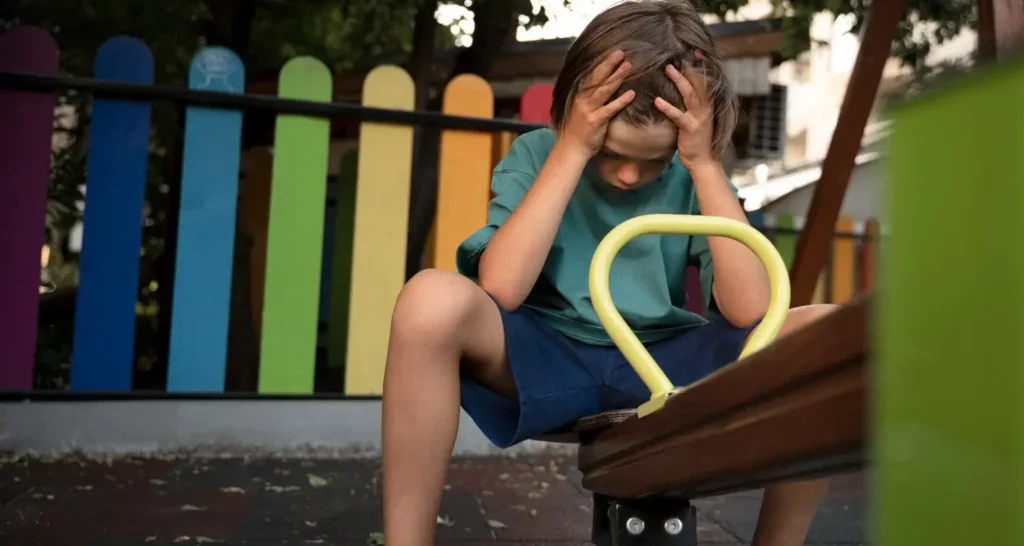
Detention centers are harmful to children’s mental and physical health. The numbers show the big problems:
- Over 200 sites operated by ORR hold unaccompanied migrant children
- Large-scale facilities increase risks of sexual abuse and psychological trauma
- Children frequently experience prolonged detention beyond recommended periods
Conditions in Detention Centers
The conditions in these places are often shocking. At Ft. Bliss, a now-closed influx site, children faced severe challenges:
| Reported Issues | Specific Concerns |
|---|---|
| Overcrowding | Capacity of 10,000 children |
| Medical Neglect | COVID-19 and lice outbreaks |
| Living Conditions | Undercooked meals, limited medical care |
Alternatives to Detention for Families
Experts suggest community-based alternatives that put children first. These methods aim for family unity, education, and mental support while following immigration laws.
The goal is humanitarian treatment that respects the fundamental rights of juvenile asylum seekers.
By adopting kinder immigration policies, the U.S. can protect vulnerable children. This balance is key to fair treatment in the immigration system.
The Intersection of Immigration and Education
Immigrant children in the United States face big challenges in school. The mix of immigration and education creates barriers. These barriers make it hard for students to get good education.
Recently, laws have threatened the education of immigrant kids. Some states want to change how these students learn. This could affect their future a lot.
- Tennessee considering bills to deny school enrollment to undocumented students
- Oklahoma implementing policies requiring immigration status reporting
- Texas proposing bills to charge for educating undocumented children
Enrollment Challenges in Schools
Immigrant kids face big hurdles in school. The Plyler v. Doe Supreme Court decision helps protect their right to education.
Approximately 1% of children ages 5-17 are foreign-born and have been in the country less than three years, representing a vulnerable student population.
Resources Available for Immigrant Students
Even with challenges, there are ways to help immigrant students:
| Resource | Description |
|---|---|
| Title III Grants | Federal funding to support English learners |
| Language Support Programs | Specialized classes for non-native English speakers |
| Community Organization Assistance | Legal and educational support for immigrant families |
It’s important to know about these challenges. We must protect the education rights of immigrant kids. This way, they can have the same chance to learn and grow in the United States.
Community and Family Support Systems
Immigration laws and children’s rights meet in community support networks. Your family’s strength comes from strong support systems. These help you deal with legal issues and keep children safe.
Community groups are key in protecting immigrant kids’ rights. They offer support programs that tackle many family challenges.
Role of Community Organizations
Good community groups help families in many ways:
- Legal advice and immigration help
- Language services
- Help for kids’ education
- Mental health support
- Resources for emergencies
Programs to Assist Immigrant Families
Child-friendly immigration policies need strong family support. Groups like CLINIC and NILC give vital help to protect families:
| Program Type | Key Support Features |
|---|---|
| Legal Orientation | Workshops in many languages |
| Emergency Preparedness | Guides for family safety |
| Educational Resources | Safe places for immigrant students |
“Communities united can transform challenges into opportunities for immigrant children’s success.”
With these support systems, immigrant families can grow stronger. They can protect their kids and find stability in the U.S.
Future Considerations and Recommendations
The world of immigration laws for children needs urgent change. It’s important to understand these complex issues to make a difference. The current system must improve to keep children safe and respect their rights during the immigration process.
Improving child immigration laws means focusing on family and trauma. We should support policies that keep children with their families. At border crossings, trauma experts can help keep families together, which is key to a better immigration experience.
We need to change policies to reduce detention and increase community care. Strong support programs after release can help families settle. Investing in aid for documents, housing, and health is essential for a kinder immigration system.
Being active in advocacy and raising awareness is vital. Your voice can influence policies to be more child-friendly. The future of child immigration laws relies on your efforts, informed discussions, and a dedication to human rights.
FAQ
What are the key immigration policies affecting children in the United States?
Immigration policies for kids include rules on family immigration, asylum for minors, and rules for unaccompanied children. They also cover detention and deportation of kids and families. These rules affect how kids can enter, stay, or leave the U.S., impacting their rights and happiness.
How do U.S. immigration laws impact children’s rights?
Immigration laws can hurt kids by separating families, limiting education and healthcare, and causing stress. They often go against the rights of children, as stated in the United Nations Convention on the Rights of the Child.
What protections exist for immigrant children under U.S. law?
Kids have some protections, like the right to education and protection from harm. They also get emergency medical care and special help if they’re alone and seeking asylum. But, these rights depend on their immigration status.
What challenges do immigrant children face in the U.S. immigration system?
Kids face many challenges, like being separated from family and trouble getting education and healthcare. They also deal with detention, legal uncertainty, and lack of legal help. These issues can harm their growth and happiness.
How do recent policy changes affect immigrant children?
Policy changes have big effects on kids, like changes in asylum rules and detention practices. The Biden administration has made some policies better for kids. But, there’s more work to do to protect their rights.
What are the conditions like in immigration detention centers for children?
Detention centers for kids are often overcrowded and have poor conditions. This causes a lot of stress and trauma. Groups are pushing for better places for kids and alternatives to detention.
How can immigrant children access education in the United States?
Kids have the right to public school, no matter their immigration status. Schools can’t turn them away because of their status. Many schools also offer extra help, like English classes, to support immigrant students.
What support systems exist for immigrant children and families?
There are many groups helping kids and families, like legal aid and language programs. These organizations help families with the immigration system and support kids’ well-being.
What are the psychological impacts of immigration enforcement on children?
Immigration enforcement can deeply hurt kids, causing anxiety, depression, and fear. It can also disrupt their social lives and mental health. The constant fear of deportation or separation can harm their emotional and developmental growth.
How can individuals support immigrant children’s rights?
You can help by learning about immigration policies, supporting advocacy groups, and joining community programs. You can also push for reforms that are good for kids and raise awareness about their challenges.

